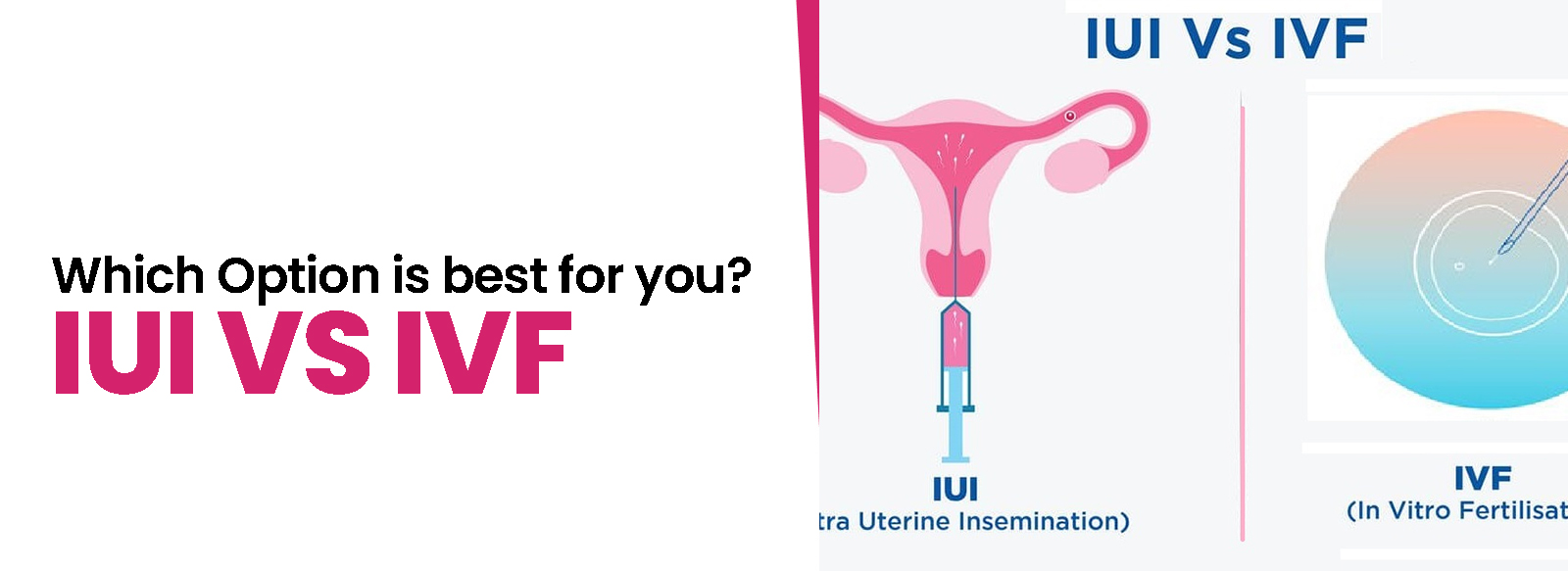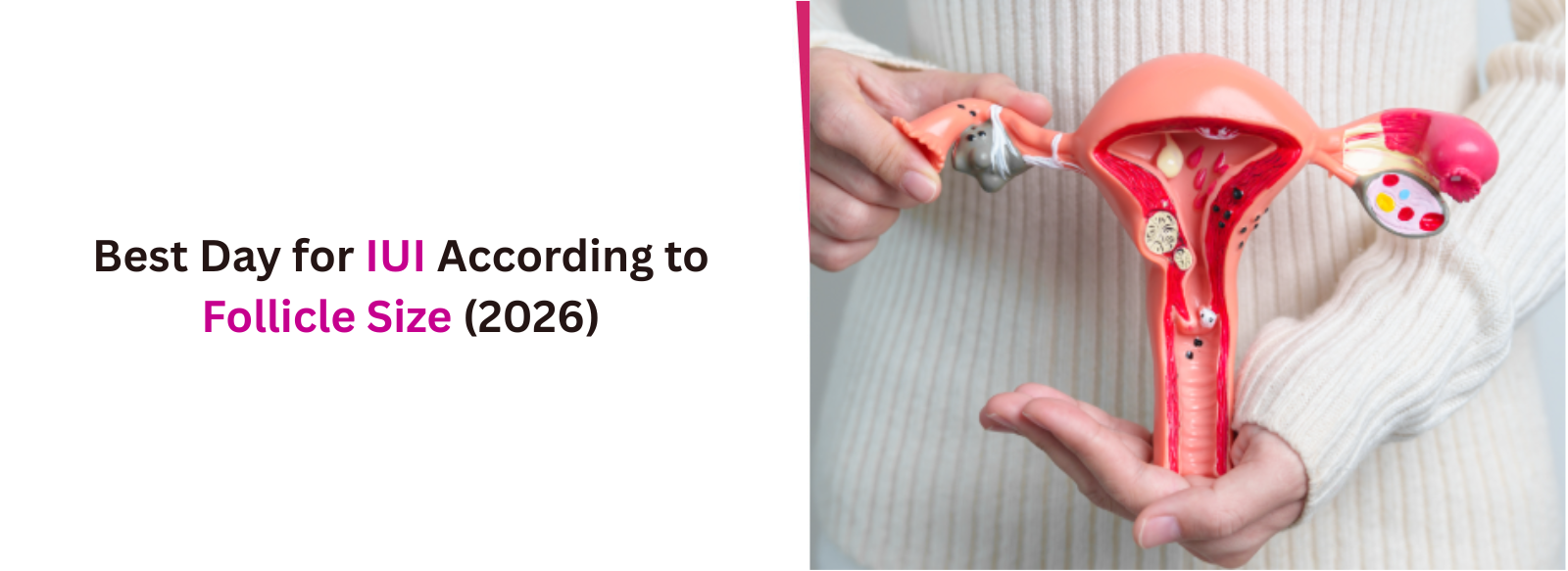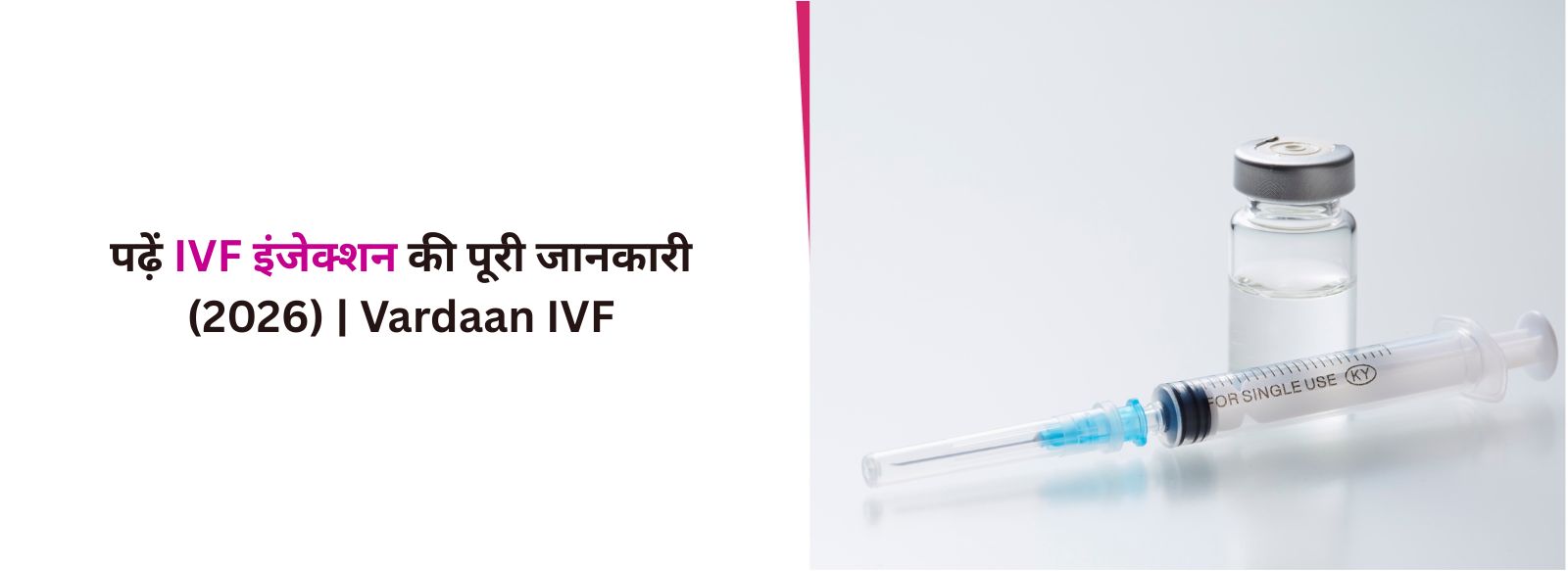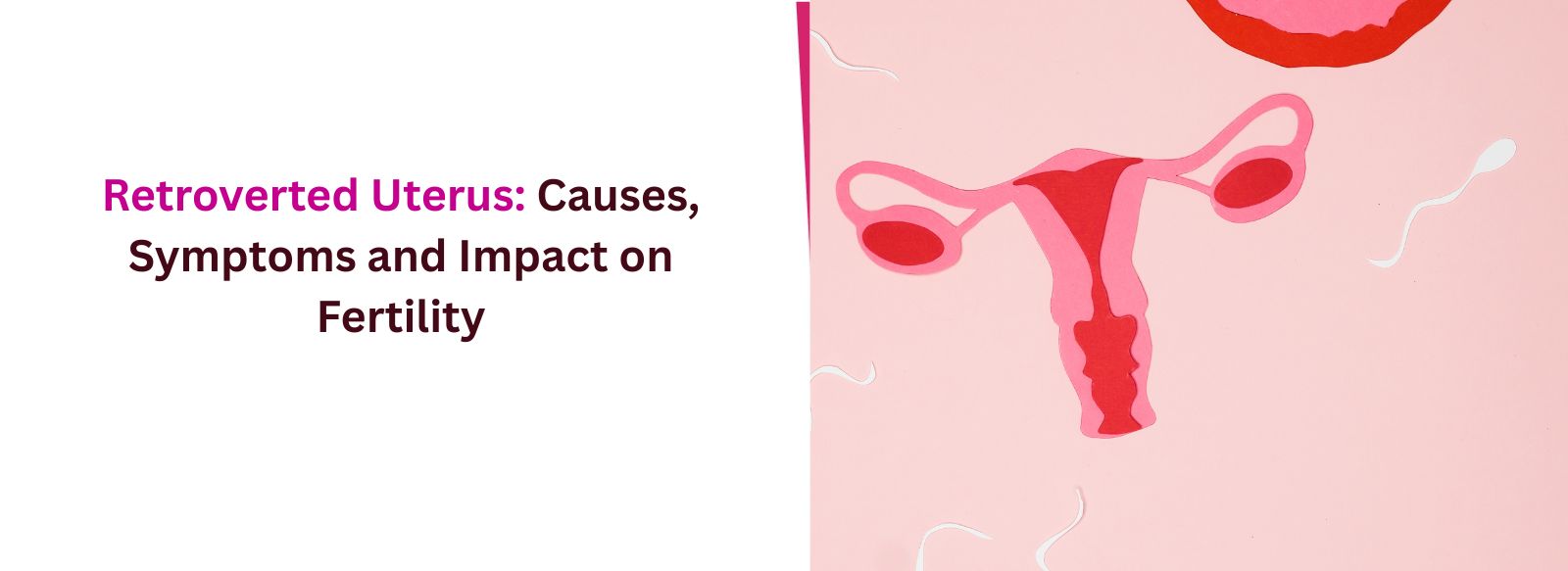IVF vs IUI: Overview
When exploring fertility treatments, IUI (full form: Intrauterine Insemination) and IVF (full form: In Vitro Fertilization) are two prominent options. Both methods aim to help couples conceive, but they differ significantly in their procedures and effectiveness. IUI therapy involves placing sperm directly into the uterus during ovulation to increase the chances of fertilization. This non-surgical procedure is relatively simple and can be performed in a doctor's office. While surgery is not typically required, some cases may involve minimal interventions. Success rates for IUI range from 15% to 25% per cycle, with the timeline for treatment usually taking a few weeks from ovulation monitoring to insemination. In vitro fertilization (IVF) is a more complex procedure that involves retrieving eggs from a woman's ovaries and fertilizing them with sperm in a laboratory. Embryos are placed inside the uterus after they have developed. Compared to IUI, IVF generally has higher success rates, ranging from 40% to 60% per cycle. The timeline for IVF procedures can take several weeks to months, encompassing hormone stimulation, egg retrieval, and embryo transfer.Comparison of IUI and IVF: Primary Differences
When deciding between IUI and IVF, understanding their differences is crucial. Below is a comparison of key features:| Feature | IUI (Intrauterine Insemination) | IVF (In Vitro Fertilization) |
| Procedure | A simple insemination method | A complex process involving egg retrieval and fertilization |
| Cost | Generally lower (₹30,000 - ₹50,000) | Typically higher (₹80,000 - ₹1,20,000) |
| Success Rate | Moderate, around 15-25% per cycle | Higher, approximately 40-60% per cycle |
| Timeline | Usually takes a 4 weeks (28 Days) | Can extend over 6-8 weeks to months |
| Ideal For | Mild infertility | Severe infertility or complex cases |






